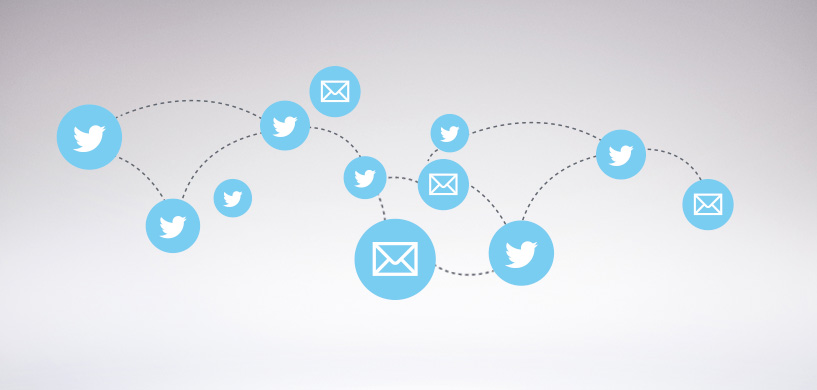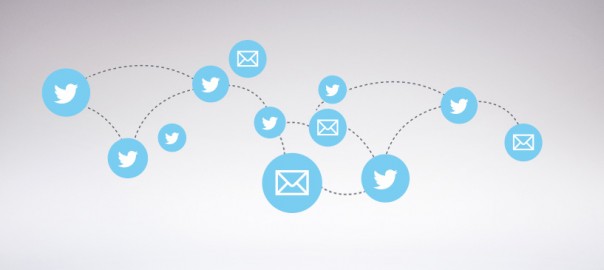Social media is rapidly maturing and has emerged as a major new customer support channel — one controlled by the customer, not your company. For some major brands, social media now makes up 10% of all inbound volume, and is still seeing swift adoption as most customers move to ‘social first’ forms of communication with the contact center. The immediacy of social media has many customers asking themselves, why would I sit on hold, or email and risk waiting days for a response, when I can just Tweet from my iPhone and get a fast response, sometimes within minutes?

Social media is not like email or chat; its public nature means that a mistake can have huge ramifications for your company. At the same time, its rules and constraints can make mistakes very easy. If an agent is switching between private, traditional channels and public, social channels, they will slow down as they have to constantly re-think workflows and processes.
Social media also has different consumer expectations from other digital channels. It combines real-time expectations with asynchronous workflow. Responding with the same SLAs as email (often measured in days) would be disastrous — consumers expect a social media response in well under an hour (with first response time for many leading brands now counted in the minutes). At the same time, holding a social media conversation open like a chat would be extremely inefficient; the customer may not respond for 30 minutes.
Staffing the social contact center
All of these differences are driving fundamental changes in the operations of the contact center. While some companies may attempt to have ‘blended agents’ who handle a mix of private, traditional channels and public, social channels in the same shift or with the same tools, this is a recipe for disaster (or, at the minimum, significantly worse customer experience and agent efficiency).
That’s why social customer service requires a different approach, with new teams, training and new processes. As a result, we’ve seen the rise of completely dedicated social customer support teams. These teams are inside the contact center, but with a unique team of agents trained in social media, being managed separately. Having a dedicated team is the best way to get started with social customer service. Training a small number of agents is simpler; and it’s easier to reinforce the right behavior, with constant attention. New policies and behavioural norms need to be created, often from scratch or on the fly, so it’s important that these can spread quickly between the agents.
Social media focused executives must keep two main considerations, however, when building a social contact team: resourcing and agent satisfaction. Resourcing for social customer service requires different forecasting methods. If inbound volume in social media spikes and you have stable volume on other channels, you cannot move your other agents onto social media. The risks are too high when any tweet they send could be seen by millions. Unless you have a very large dedicated team, it can even be hard to match normal shift patterns to varying volume needs over the course of the day and week; and offering 24 hour service can be a nightmare to implement. Combined, this can mean huge backlogs and wildly varying SLA performance.
Agent satisfaction can be higher owing to social media customer service in general being more informal and more human than traditional channels. Social agents often have more freedom, and enjoy their work far more than over traditional channels. The social media team is a highly coveted role for most agents. Although this is great, having a dedicated team limits this benefit to a small number of your agents. Widening the pool increases agent satisfaction more widely — reducing staff attrition, which can have a huge impact on the bottom line.
The well-oiled machine
Blending resourcing and agent satisfaction can lead to a more unified customer data and reporting across channels. With training, processes and management clearly established in many companies, it’s now time to help spread the workload and bring more social media savvy agents into the fold. Instead of a team of 10 dedicated social agents, you should be looking to train a much wider base of your digital agents in social media, who can each take dedicated shifts in social media according to demand.
This approach allows you benefit from significantly more efficient resourcing, the ability to hit consistently high SLA performance, and to have higher general agent satisfaction. It also makes you much more ready to deal with sudden social media spikes or crises.
Social media has grown phenomenally over the past few years—but now it is time for social media to grow up. The time of separate, dedicated social teams—whether within the business as a whole (usually run by marketing), or inside the contact center—is drawing to a close. The future is one of social deeply integrated into the contact center, no longer treated as an ungainly step child, but instead the best way of engaging with a mobile, social audience. It’s time to put social first, but not social alone.
(417)





